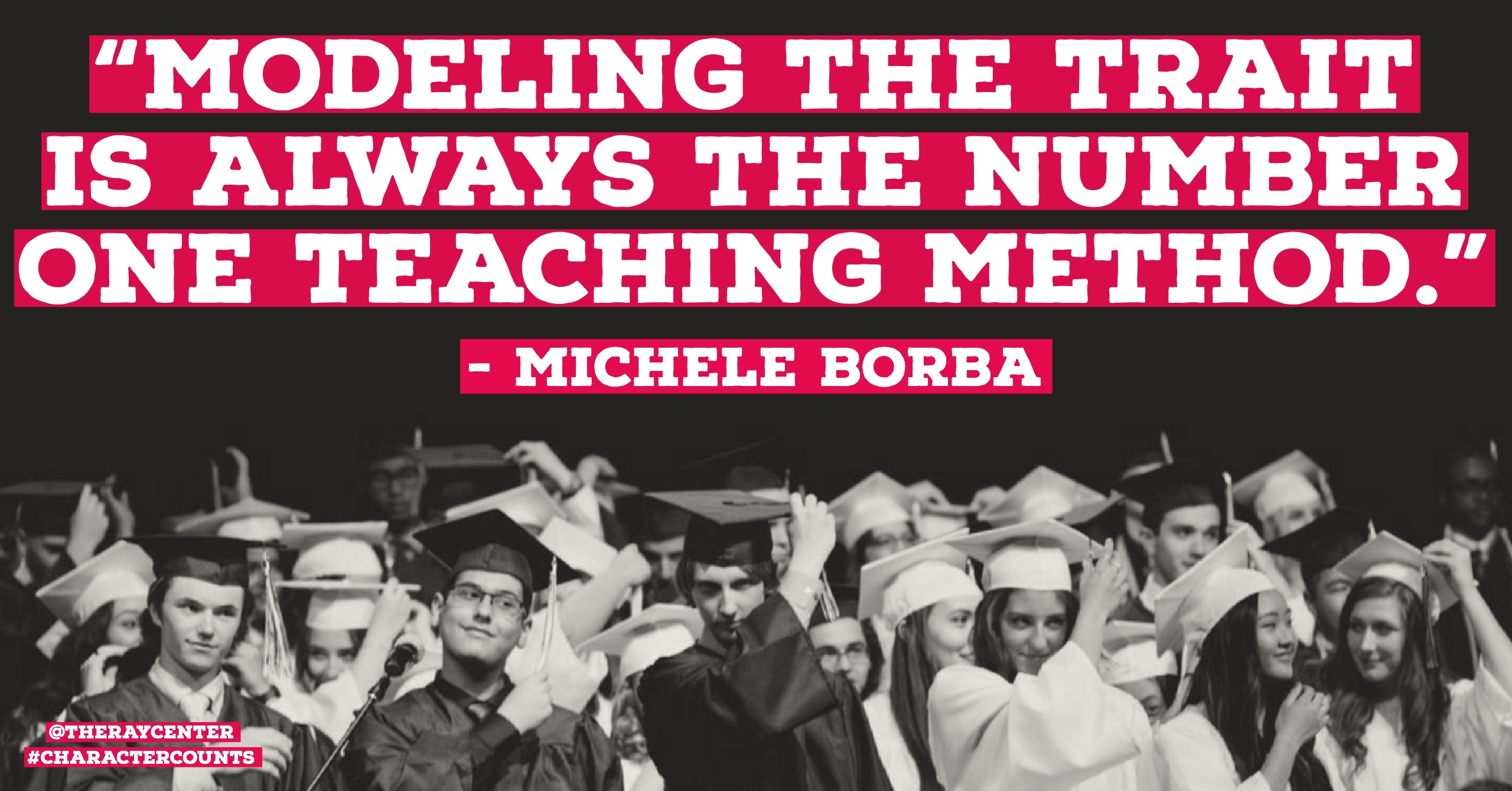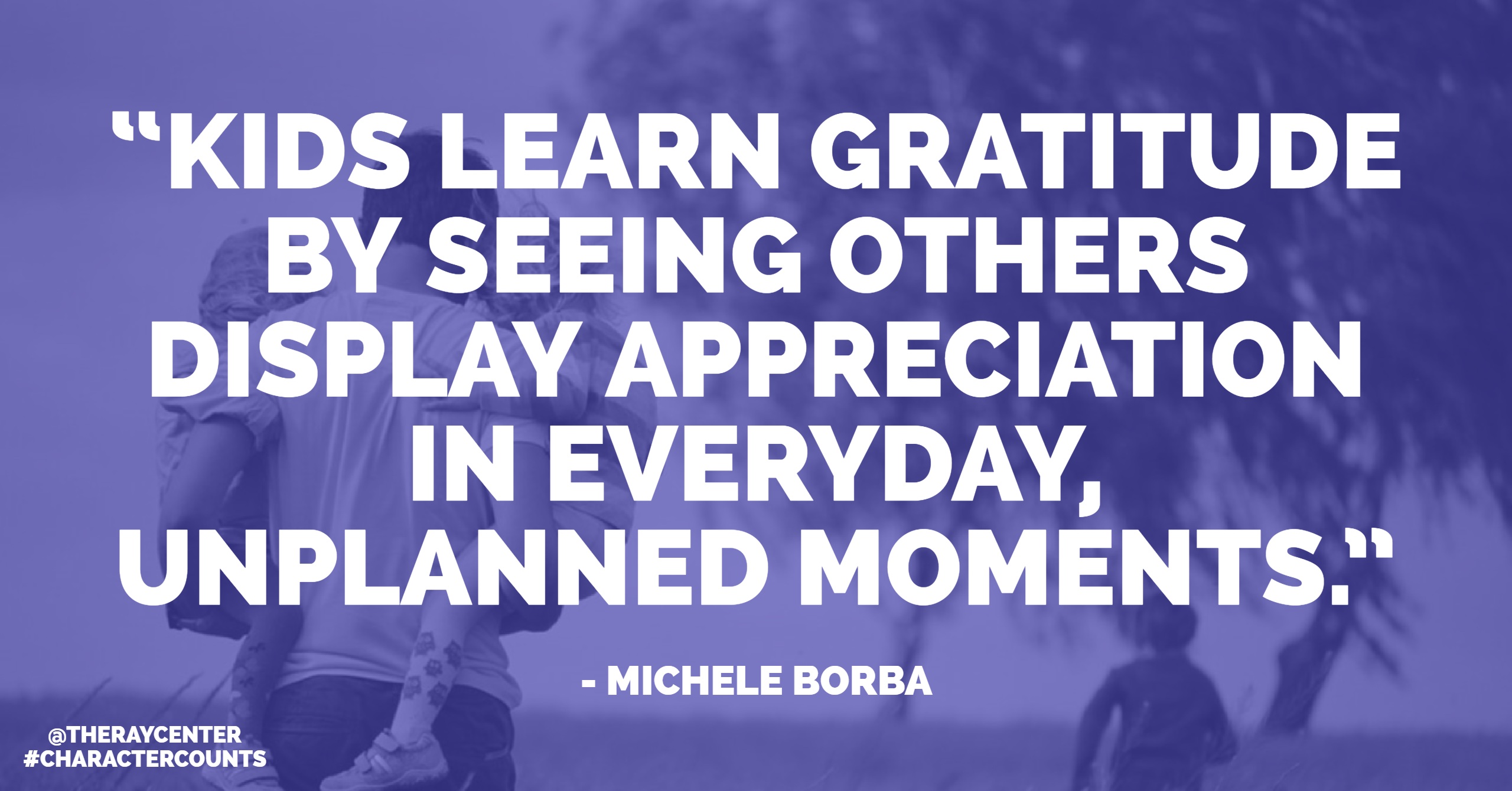7 ways to teach kids a strong work ethic

Parenting advice to help our children’s develop “stick-to-itness” and a strong work ethic – from our contributor, Dr. Michele Borba.
Many historians feel that one of Winston Churchill’s greatest speeches was given at a graduation ceremony at Oxford University.
Churchill had worked on the speech for hours trying to figure out the key message he wanted to convey to the graduates. When the moment finally came, Churchill stood up to the cheering crowd, and in a strong, clear voice shouted just three words, “Never give up!” He paused a few seconds and shouted the words again, “Never give up!” He then reached for his hat and slowly walked off the podium, satisfied that he had told the graduates the message they needed to succeed.
We need to make sure we pass on Churchill’s message to our own children. Only when children realize that success comes from hard work and diligence will they be the best they can be.
The following techniques are designed to boost children’s work ethic and help your them understand how critical perseverance is to achieving success.
1. Define “perseverance.”
Take time to explain that perseverance means “not giving up” or “hanging in there until you complete the task you started.” When your child sticks to a task, point it out: “There’s perseverance for you. You hung in there with your work even though it was hard.”
2. Teach “don’t give up” words
Help your child tune in to the language of persevering individuals so that he can learn to use the terms in his own life. Ask, “What are the kinds of things you hear people who ‘don’t give up’ say?” Write a list of phrases, such as “I can do it!” “I’ll try again.” “Don’t give up!” “I won’t quit.” “Hang in there. Don’t stop!” “It’s usually harder at the beginning.” “Almost! Try again.” “You’ll get it. Keep at it!” “The more you practice, the easier it will be.” “Keep it up–don’t stop!” “The harder you try, the more successful you’ll be” and hang up the poster; encourage everyone to say at least one phrase a day. The more you repeat those phrases the more likely your child will be to adopt them for his self-talk.
3. Model effort and a strong work ethic
Take a pledge, especially this month, to show your child how you don’t give up on a task even when things get difficult. Before starting a new task, make sure your child overhears you say: “I’m going to persevere until I am successful” Modeling the trait is always the number one teaching method.
4. Start a family, “Never give up!” motto
Begin using the family motto, “Don’t quit until you succeed.” A father once told me that conveying this life message to his children was so important that they spent an afternoon together brainstorming family anthems about perseverance such as “Try, try, and try again and then you will win,” “In this family, we finish what we start,” and “Quitters never win.” They wrote the on index cards, and his kids taped them on their bedroom walls. Develop your own family anthem as a reminder that your family code of behavior is to never give up.
5. Acknowledge effort
Carol Dweck’s research from Columbia University finds that the kind of words we say can stretch or snap our children’s perseverance. The key is to emphasize your child’s effort and work and not the end product (like their grade, score or their abilities). Praise when your child earns the recognition but focus on their effort when he or she experiences success.
Instead of: “What was your grade?” Say: “You’re working so hard!”
Instead of: “You’re so smart!” Say: You’re improving because you’re putting in so much effort.”
Instead of: “How many goals did you get?” Say: “Keep at it! All that practice, is going to pay off!”
6. Instill a “Growth Mindset”
Research shows that kids who persist and excel recognize that success comes from hard work and practice, not luck or money or genetics. In fact, if kids believe that performance is due to effort, they will be less likely to give up and will work harder when the going gets tough. A crucial parenting secret to give our kids an edge on success is to stretch their growth mindset. Here are three ways:
~ Use real examples — folks such as Jerry Rice, Pele, Vanessa and Serena Williams, Michael Jordan — who reached the top because of hours and hours of practice. Identify your child’s passion – music, sports, art, writing, or whatever-and then use an example of your child’s hero who emulates a growth mindset.
~ Teach your kid the 10,000-Hour Rule: “Did you know that studies found that the best artists, musicians, swimmers and skaters practiced at least 10,000 hours, or ten years, to reach their success? Success is all a matter of how hard you work.”
~ Stress practice:: “It will get easier…you just have to stick to it!”
7. Create a “Stick to It” award
Ask your child to help you find a stick at least the length of a ruler to acknowledge stick-to-itness. A family in Seattle uses an old broomstick; another mother said her family uses a yardstick. Print “Stick to It Award” across the stick or dowel with a black marking pen. Now tell everyone to be on alert for family embers showing special persistence for the next month. Each night have a family gathering to announce the names of family members who didn’t give up, and print their initials on the stick with a marking pen. Make sure to tell the recipients exactly what they did to deserve the award. Make it a contest to see how long it takes to fill the stick with family embers’ initials. Children love to count how often their initials appear on the stick!


 Dr. Michele Borba is an educational psychologist, parenting expert, TODAY show contributor and author of 22 books including
Dr. Michele Borba is an educational psychologist, parenting expert, TODAY show contributor and author of 22 books including